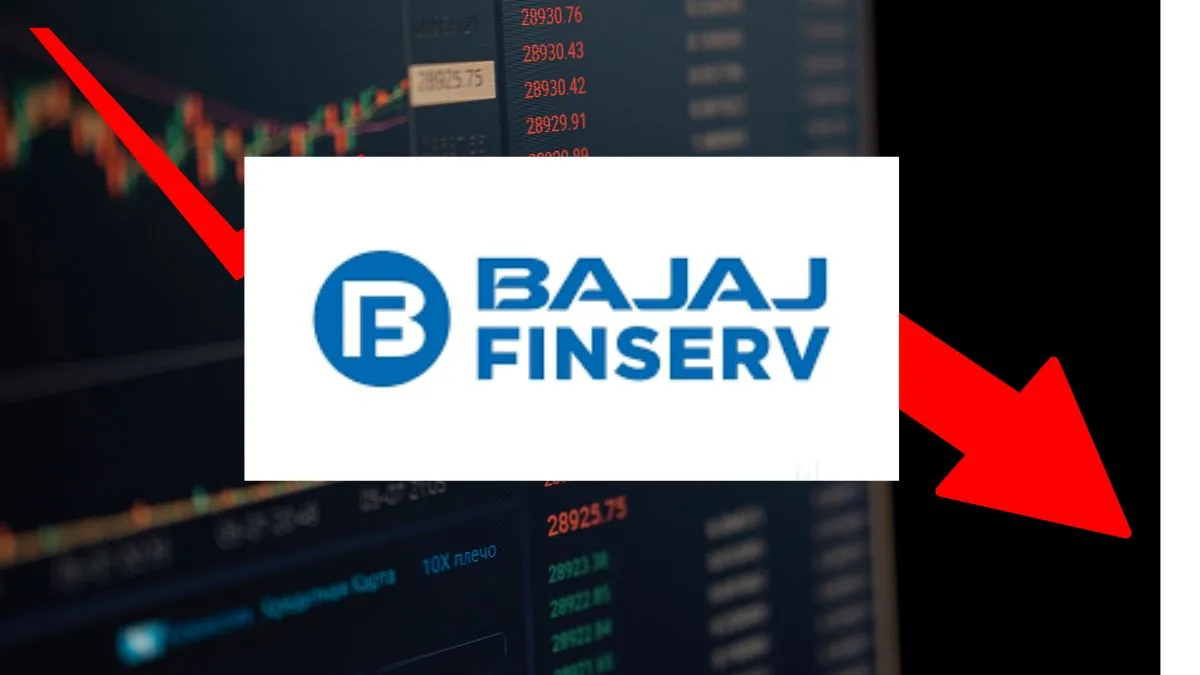Bajaj FinServ’s stock has taken a hit, plummeting nearly 6% following the release of its Q4 financial results. Investors are expressing concerns over several factors, including a notable slowdown in credit growth, new surrender regulations impacting the Life Insurance sector, changes in accounting practices within the General Insurance industry, and the ongoing volatility in the stock market.
Concerns Over Credit Growth and Market Conditions
The Q4 results reveal a troubling trend in credit growth, which is weighing heavily on market sentiment and poses challenges for the operating environment. The current volatility in the stock market is another significant worry, as it could influence income, investment trends, and overall business profitability.
- Key issues impacting Bajaj FinServ:
- Slowdown in credit growth
- New regulatory challenges in Life Insurance
- Increased market volatility
Rising NPAs in Lending Sector
Another critical concern for Bajaj FinServ is the increase in non-performing assets (NPAs) within its lending division. The recent Q4 report highlighted persistent losses for Bajaj Finance, necessitating an additional provision of ₹359 crore due to anticipated credit losses. This situation has arisen partly due to model redevelopment efforts in the fourth quarter. Notably, the net NPAs for both Bajaj Finance and Bajaj Housing Finance have shown a concerning rise, especially in Stage 2 and Stage 3 assets for Bajaj Finance.
- Q4 highlights:
- Elevated net NPAs
- Significant annualized loan loss compared to average assets under management (AUM)
Q4FY25 Financial Performance Overview
In the latest quarter, Bajaj FinServ reported a 14% year-on-year increase in profit after tax, reaching ₹2,417 crore, up from ₹2,119 crore during the same period last year. The reported profits from its insurance subsidiaries are impacted by unrealized mark-to-market gains or losses on investments. It’s important to note that these subsidiaries have opted to retain part of their equity securities portfolio as Fair Value Through Profit and Loss (FVTPL), while the rest is classified as Fair Value Through Other Comprehensive Income (FVTOCI). This strategy may introduce temporary fluctuations in financial results due to unrealized MTM movements on the FVTPL portfolio.
Recent Share Performance and Trends
As of today, Bajaj FinServ’s share price has decreased by 6%, reflecting a 7% decline over the past week. However, in a broader perspective, the stock has risen 23% in 2025, contrasting sharply with the Nifty index, which has only gained 2.5% during the same timeframe. Over the past year, Bajaj FinServ shares have maintained stability, showing a 0% change.
- Performance Snapshot:
- Current decline: 6% (intra-day)
- Weekly performance: 7% lower
- Year-to-date increase: 23%
In summary, while Bajaj FinServ faces several headwinds, its long-term performance appears resilient compared to market benchmarks, indicating potential for recovery as the company navigates these challenges.











